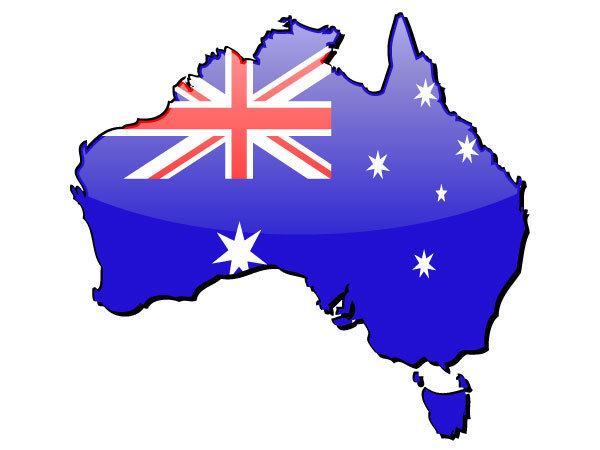|
 |
Hello,
I'm 10 years old, and I've been to Australia 4 times my Dad is Australian, but we live in England. My Grandad, Auntie and my cousins live there. We've got some friends that live there too. We might be going to live for 8 months in 2014!
Best Wishes
J x
P.S.
I've been to Queensland, Northern Territory, New South Wales and Western Australia. | |
 |
 |
 |
 |
Do you know about kangaroos and koalas?
You should know about the other animals of Australia. Like:
Emus, Cassowaries, Crocodiles,Wombat, Echidna, Duck-Billed Platypus, Tasmanian Devil, Bilby, Possum, Sugar Glider, Goanna |
 |
|
Cassowaries
Cassowaries live in the rainforests of Australia. The female cassowary is larger than the male cassowary. Cassowaries feed mainly on fruit, they are omnivorous, they can eat shoots, grass seeds and fungi. They are very shy creatures, but when disturbed they can damage.
Duck-Billed Platypus
I've only seen a duck-billed platypus once, not in the wild though in a zoo. They have a ducks beak, beavers tail and webbed feet. It's a mammal and it lays eggs. Ornithorhynchus was it's origonal name, and it only lives in Australia.
Wombat
This large, pudgy mammal is a marsupial, or a pouched animal, found in Australia and on scattered on islands nearby. Wombats are nocturnal and emerge to feed at night on grasses, roots and bark. They use their claws to burrow in open grasslands and eucalyptus forests. Common wombats have their own burrows, while other species live together in large groups called colonies or mobs.
Tasmanian Devil
They are marsupials, with a spine chilling howl, and it's fur is a black-ish colour with a white "colar" or patch and it is known for it's bad temper. The early European settlers called the Tassie Devil, "The Devil". Although it's only the size of a dog, it can sound and look incredibly fierce.
Bilby
They are marsupials, their pouch opens backwards so while they're digging they don't get dirt in their pouch. The word bilby comes from the Aboriginal language. The bilby's large ears are almost hairless and provide brilliant hearing, as well as that their ears are believed to keep them cool.
Sugar Glider
Sugar Gliders are marsupials and only weigh about 4 ounces as fully grown adults, also they are able to glide over 150 feet. In the wild Sugar Gliders live in groups of 15-30. They rarely ever touch the ground.
Platypus | |
 |
 |
 |
Emu
Emus are flightless birds.
Emus are very fast and can run up to speeds of 30 miles per hour (50 kilometers per hour). Emus are also very good swimmers. This huge bird naturally lives in groups called flocks. Emu flocks are usually found in the Australian bush.
Crocodiles
I think they are two types of crocodiles, salt-water and fresh-water. Obviously one lives in salt-water and the other lives in fresh-water. They are reptiles, so they're cold bloodedand they eat diffrent meats.
Echidna
Echidas lay eggs and have a pouch, it finds food by using its beak. They are very spiky critters, they can swim and don't like the warmth. The echidna has a good sense of smell, to sense it's meal such as ants or termites it uses it's claws to dig out the critters. It sends it's long sticky tounge down and flicks it around until the echidna has something, and the tounge comes back up.
Possum
Possums are nocturnal animals and therefore, the possum only hunts for food in the cover of night. The possum spends the day resting in a hiding place. Possums will munch through about 9,000 tonnes of leaves, berries and fruit every night. Possums are native to Australia and are protected there. Many trees in Australia have possum defences such as spines, prickles or poisonous leaves.
|
 | |
 |
 |
 |
| Remember to come back soon!! |
| | |
 |